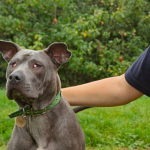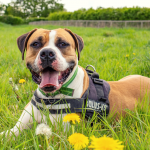
Keeping your dog safe in hot weather
Summer might mean fewer muddy paw prints around the house, but warmer days bring new challenges for keeping your dog safe and comfortable in the heat.
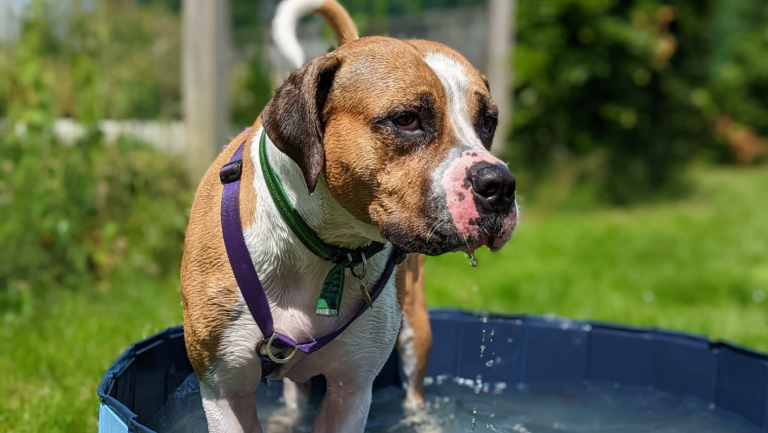
Know Your Breed
Some dog breeds are naturally more suited to the warmer weather, and others may need a little more TLC in the summer. While this is definitely something to consider if you live in a warmer climate, it’s also worth knowing how your dog’s breed will fare during the British summer months.
In general, if your dog has short hair with a single coat, and is a lighter colour, like white, tan, or grey, they’re less likely to suffer badly in the heat.
Some breeds such as Greyhounds, who have short, thin coats and lean body mass, are in fact more equipped for summer temperatures than the winter chill. Australian cattle dogs are an active breed with a drive to work even in hot temperatures, and although Yorkshire terriers have long hair, it’s made up of a silky single coat which doesn’t trap heat and helps these pint-sized pals stay cool.
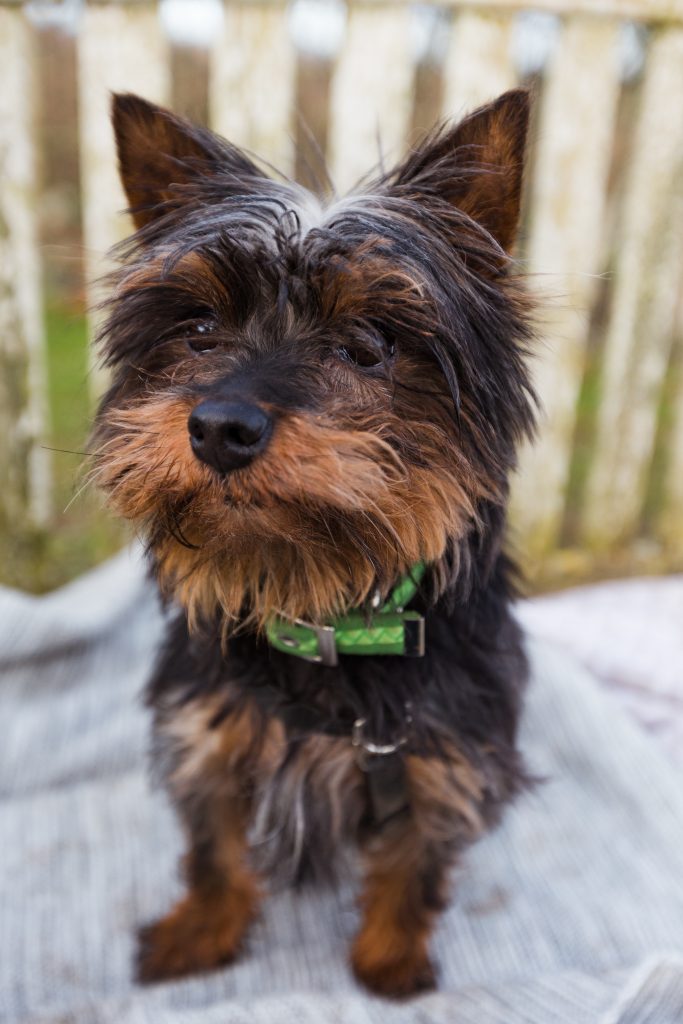
In fact, smaller dogs can usually handle the heat a little better than larger ones.
In contrast, dogs that originate from cold climates may have a more challenging time adjusting to hot weather – for example, you’ll need to take particular care of your Siberian husky, Alaskan Malamute, or Bernese mountain dog.
Flat-faced dogs which are very popular now, like pugs or bulldog breeds, can also overheat quickly and tend to really struggle in the heat.
Exercise in moderation
Hot weather isn’t usually a reason to miss walkies altogether, but it may be worth moderating your usual routine based on the temperature outside.
We recommend walking your dog in the morning or evening when it’s cooler, to reduce the risk of heatstroke and burning their paws on the pavement. If possible, take your dog for shorter, more frequent walks rather than one long one, and try to stick to places with lots of shade.
Set an easy pace for your dog and encourage them to slow down by giving them plenty of time to sniff and explore.
Something to remember: If you’re worried about your dog being at risk of burning their paws on the pavement, try holding your hand on the ground for five seconds: if it’s too hot for your hands, it’s too hot for paws..
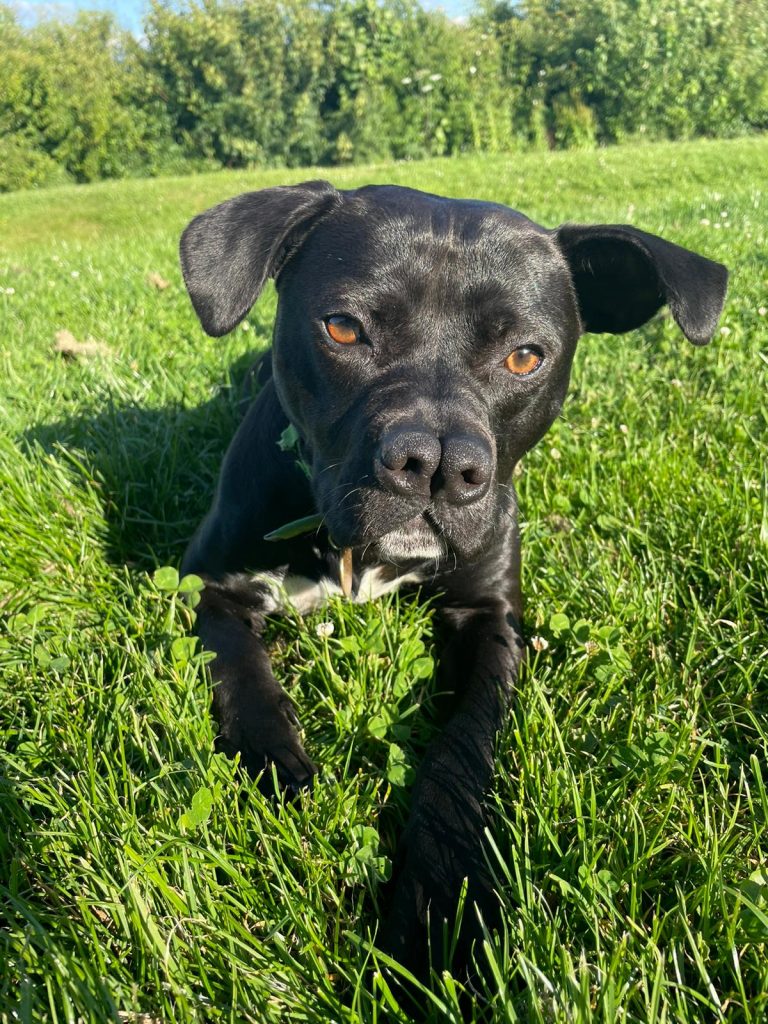
Other precautions
Use a pet safe sun cream on the exposed areas of your dog’s body, such as their nose or the tips of their ears, which are at risk of sunburn. This is especially important if your dog has white or light coloured fur.
A final tip – regular grooming in warmer weather can remove excess hair and help your dog stay cool.
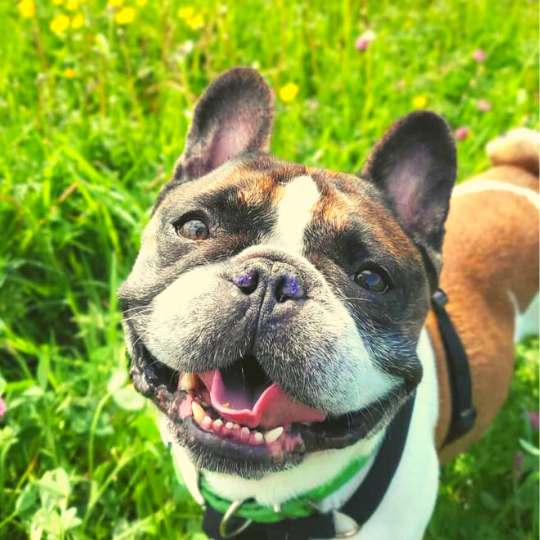
Read More…
Worried about Vet Costs?
We offer a low-cost veterinary clinic for individuals in receipt of a means tested benefit within our Gloucestershire and South Cotswolds community.
Categories
- Appeals (8)
- Events (8)
- News & Updates (69)
- Happy Tails (23)
- Past Appeals (85)
- Past Events (96)
- Support & Advice (46)
- Challenge Events (2)
Recent Posts
Related posts

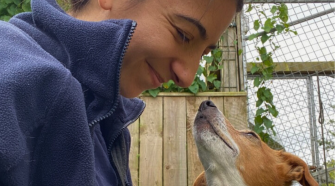
How to Prepare Your Home for a Rescue Dog

Dog-Friendly Places to Eat in the Cotswolds

Beat the Heat: Homemade Frozen Treats Your Dog Will Love

To report cruelty or an animal in distress call 0300 1234 999























